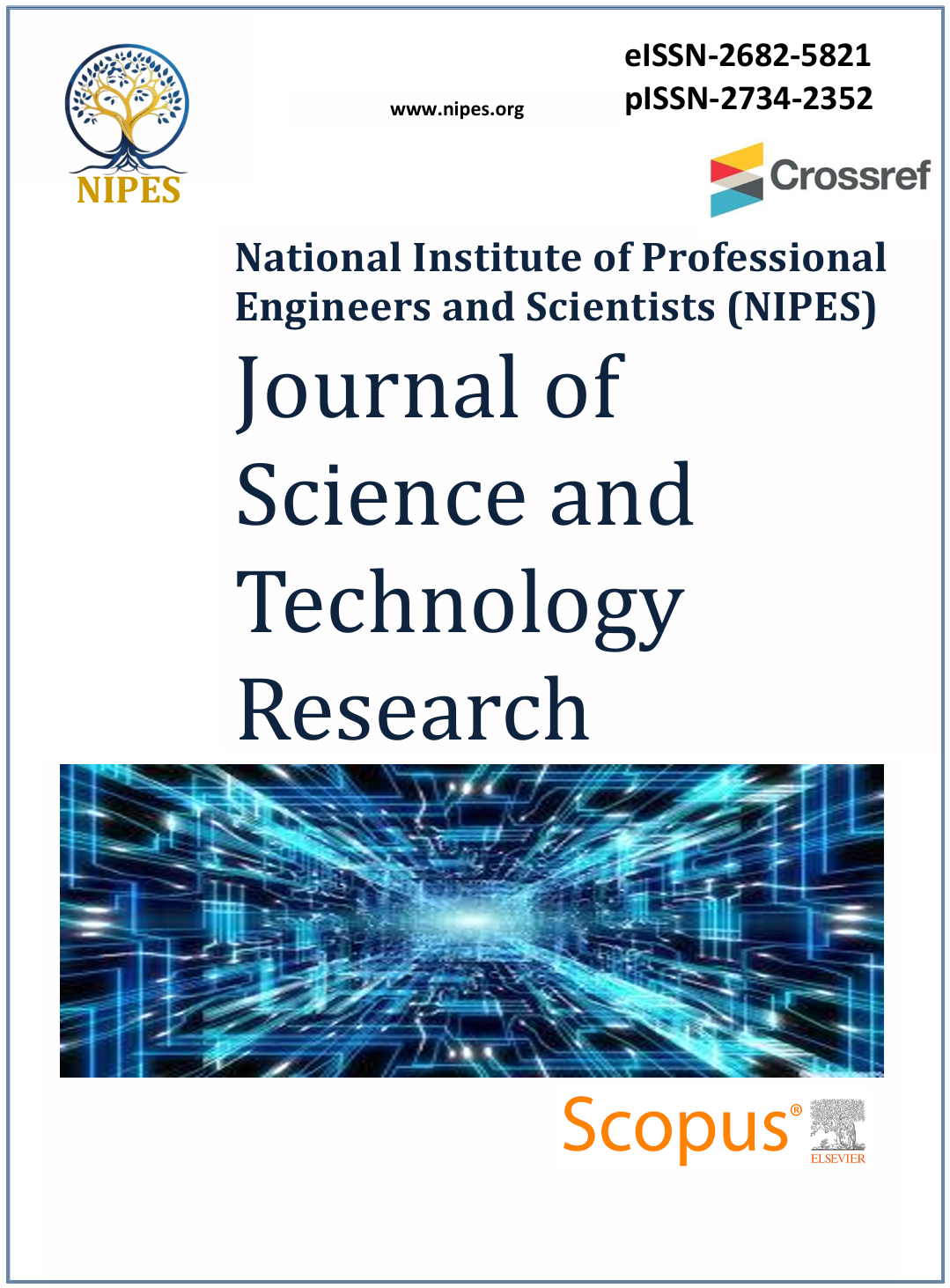Role of Histone Modifications in Oral Squamous Cell Carcinoma
DOI:
https://doi.org/10.37933/nipes/7.2.2025.26Abstract
Oral squamous cell carcinoma (OSCC) is one of the most prevalent forms of oral cancer and arises from multifactorial etiologies, including chronic exposure to carcinogenic agents such as tobacco, alcohol, viral infections, and persistent inflammation. These factors frequently induce epigenetic modifications, leading to the activation or silencing of gene expression, predominantly through alterations in histone proteins that regulate chromatin architecture and gene function. In the case of most cancers, the silencing of tumor suppressor genes is a common event, facilitating uncontrolled cellular proliferation and enabling cancer cells to efficiently invade surrounding tissues and distant sites. This review aims to explain how histone modifications lead to the occurrence and further development of oral squamous cell carcinoma. It further covers the challenges faced in early detection of cancer using these epigenetic changes as biomarkers due to technical limitations and patient variability. However, the recent research is focused on developing new treatments that make use of certain drugs that target these epigenetic changes to reactivate the silenced genes and improve the existing treatments as well. Thus, understanding these mechanisms may help to diagnose OSCC early, which might result in more individualized and efficient treatments.






